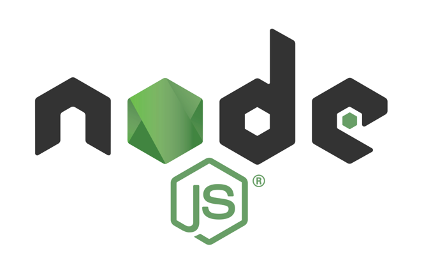Our Goals –
• Create a HTML Form and before submit validate the data with EJS Template
Assumption
We already have a NodeJs project “myschool” in our working directory. If you don’t have the project then please create it. We have discussed it on our previous tutorial.
To do so –
1. Install express-validator by typing “npm install express-validator –save”
2. Open “home.ejs” from “app_views” folder and edit the file as –
<% include header %>
<body>
<h1><%= topicHead %></h1>
<form name="form1" method="POST" action="/student/add">
<table>
<tr>
<td>First name</td>
<td><input type="text" name="fname" ></td>
</tr>
<tr>
<td>last name</td>
<td><input type="text" name="lname" ></td>
</tr>
<tr>
<td colspan="2"><input type="submit" value="Save" ></td>
</tr>
</table>
</form>
<% if(errors){ %>
<ul>
<% errors.forEach(function( err){ %>
<li> <%= err.msg %> </li>
<% }) %>
</ul>
<%}else{%>
<div> Data Entered as <%= userValue.first %> <%= userValue.last %> </div>
<%}%>
</body>
<% include footer %>
<% include footer %>
3. Edit “app.js” as –
var express = require('express');
var parser = require('body-parser');
var path = require('path');
var expressValidator = require('express-validator');
var app = express();
app.set('port',(process.env.PORT || 5000));
app.use(parser.urlencoded({ extended: false }))
app.use(parser.json())
app.use(function(req,res,next){
res.locals.userValue = null;
res.locals.errors = null;
next();
})
app.set('view engine','ejs');
app.set('views',path.join(__dirname,'app_views'))
// From - https://github.com/ctavan/express-validator
app.use(expressValidator({
errorFormatter: function(param, msg, value) {
var namespace = param.split('.')
, root = namespace.shift()
, formParam = root;
while(namespace.length) {
formParam += '[' + namespace.shift() + ']';
}
return {
param : formParam,
msg : msg,
value : value
};
}
}));
// End of express-validator
app.get('/',function(req,res){
res.render('home',{
topicHead : 'Student Form'
});
console.log('user accessing Home page');
});
app.post('/student/add',function(req,res){
// Check Input Field
req.check('fname', 'First Name is required').notEmpty();
req.check('lname', 'Last Name is required').notEmpty();
var errors = req.validationErrors();
if(errors){
res.render('home',{
topicHead : 'Student Form',
errors : errors
});
console.log('Error');
}else{
var student = {
first : req.body.fname,
last : req.body.lname
}
console.log(student);
res.render('home',{
userValue : student,
topicHead : 'Student Form'
});
console.log('OK');
}
});
app.listen(app.get('port'),function(){
console.log('server running on port '+app.get('port'));
})
4. Considering we have installed “nodemon” in our nodejs and run “nodemon”
5. Now browser will show our first EJS template based web Form @ http://localhost:5000/
6. Without entering any value hit the submit button and you will get the following screen-
7. Now provide First name as “tanmay and Last name as “sarkar” and click Save button , it will looks like –
Thank you.


This tutorial is really useful. I have used it as a middleware by reading form validation in Expressjs middleware articles. It works well. and I have got the best way from these tutorials. So, Thanks for sharing the knowledge.